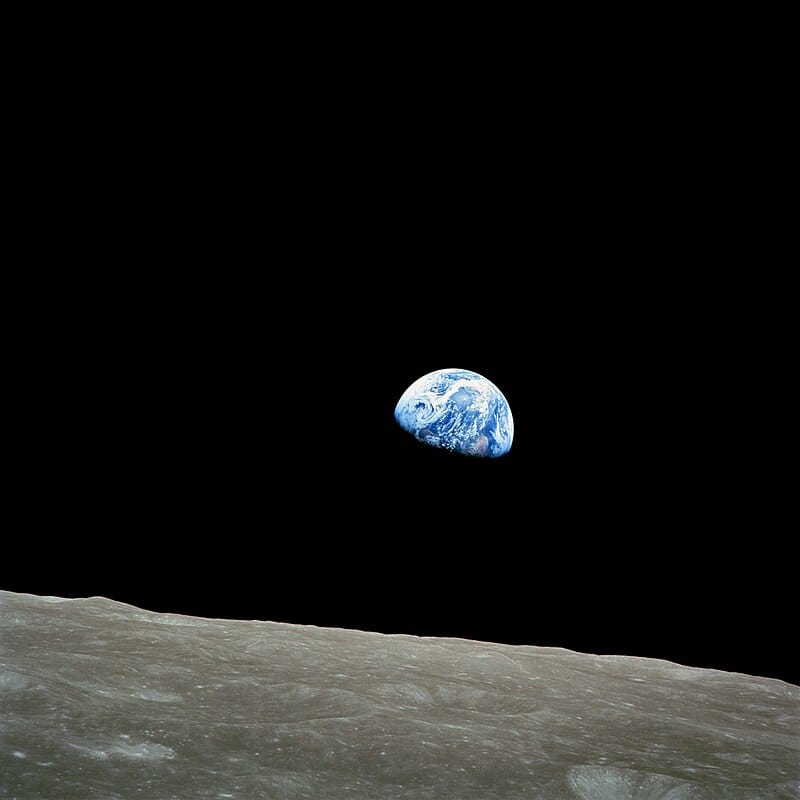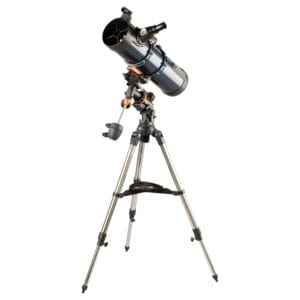Imagine: you’re digging in your garden and find a stone. How old do you think it is? A hundred years? A thousand? What if that stone is older than the oldest book, the oldest animal – even older than the mountains? This raises a bigger question: how old is the Earth actually?
This seemingly simple question once set entire scientific fields in motion. What started with guesswork eventually led to one of the most precise and influential scientific breakthroughs of the 20th century.

Early Estimates: Iron Balls and Cooling Planets
For centuries, people based their idea of Earth’s age on religion or intuition. In the 18th century, French scientist Georges Leclerc tried a scientific approach. He heated iron balls and measured how long they took to cool. Applying this data to Earth, he calculated… 75,000 years.
A nice start, but completely wrong.
Around 1860, Lord Kelvin (then William Thomson) made a new estimate: considering Earth as a cooling sphere, he arrived at 20 to 400 million years. But this too was wrong – he hadn’t accounted for radioactive decay, a heat source unknown at the time.
The Discovery of Radioactive Decay: Earth’s Time Mechanism
When it became clear in the early 20th century that some elements spontaneously decay and release heat, everything changed. These radioactive isotopes – like uranium – decay at a predictable rate, called the half-life. This allows scientists to determine the age of rocks based on the ratio between parent and daughter isotopes.
But to do that correctly, you need more than just rocks.
The Genius behind the Answer: Clair Patterson
The definitive breakthrough came from an American chemist: Clair Patterson. He wanted nothing less than to determine the exact age of the Earth, using uranium-lead dating. He used the mineral zircon – a type of crystal that contains uranium but almost no lead. This meant that any lead in it must have come from radioactive decay.
Sounds simple? Not quite. Patterson soon discovered that contamination was affecting his measurements. Even the dust in his laboratory contained lead – from pipes, paint, and especially: car exhaust fumes. It took him five years to build the world’s first lead-free laboratory.
Only then did he succeed. And with a meteorite, preserved since the formation of the solar system, he made the measurement:
👉 The Earth is 4.54 billion years old.
Why Do We Measure Meteorites?
You might wonder: why do we use meteorites to measure Earth’s age?
Simple: Earth itself is dynamic. Earth’s crust is constantly being destroyed and reformed. But meteorites are like frozen time capsules – they formed at the same time as Earth but have barely changed. By dating them, we’re essentially dating the entire solar system.
From Stardust to Telescope
This brings us to the cosmic perspective. Earth is old – but it’s a child compared to some stars in the universe. With modern smart telescopes like the DWARF 3 or the Vespera II, you can see objects that formed billions of years ago. When you look at the Andromeda Galaxy, you’re seeing light that traveled for 2.5 million years.
You’re literally looking back in time.
What Does this Knowledge Mean?
Knowing how old the Earth is changes how we view our planet. It’s not a young backdrop in a temporary play – it’s an ancient world, formed from stardust, forged in fire, and still in motion today.
Every rock, every mineral, every grain of sand tells a story of billions of years.
Join the Journey of Discovery
Are you curious about the origin of the universe? Want to look at stars, nebulae, and asteroids that are as old as Earth? Then check out our smart telescopes. These instruments bring the past closer than ever before.
Want to look back in time yourself?
Check out our range of telescopes for beginners and advanced users and start your journey through 4.5 billion years of cosmic history.








